Does the degree of roasting affect the caffeine content of coffee? Does deep-roasted coffee have more caffeine?
Professional coffee knowledge exchange more coffee bean information please follow the coffee workshop (Wechat official account cafe_style)
There are two kinds of coffee drinkers, one is to keep the spirit through the caffeine in the coffee, and the other is to be captured by the delicious flavor of the coffee. The former is not caffeinated, while the latter is a little afraid of consuming more caffeine. There are many misunderstandings about caffeine, among which the more caffeinated coffee is roasted, the more caffeinated it is. This issue of Qianjie Coffee will give you caffeine in popular science coffee in the future.
What is caffeine?
Caffeine is a xanthine alkaloid compound, a central nervous system stimulant that temporarily repels drowsiness and restores energy. it is used clinically to treat neurasthenia and coma resuscitation. Proper intake of caffeine helps to refresh and speed up metabolism.
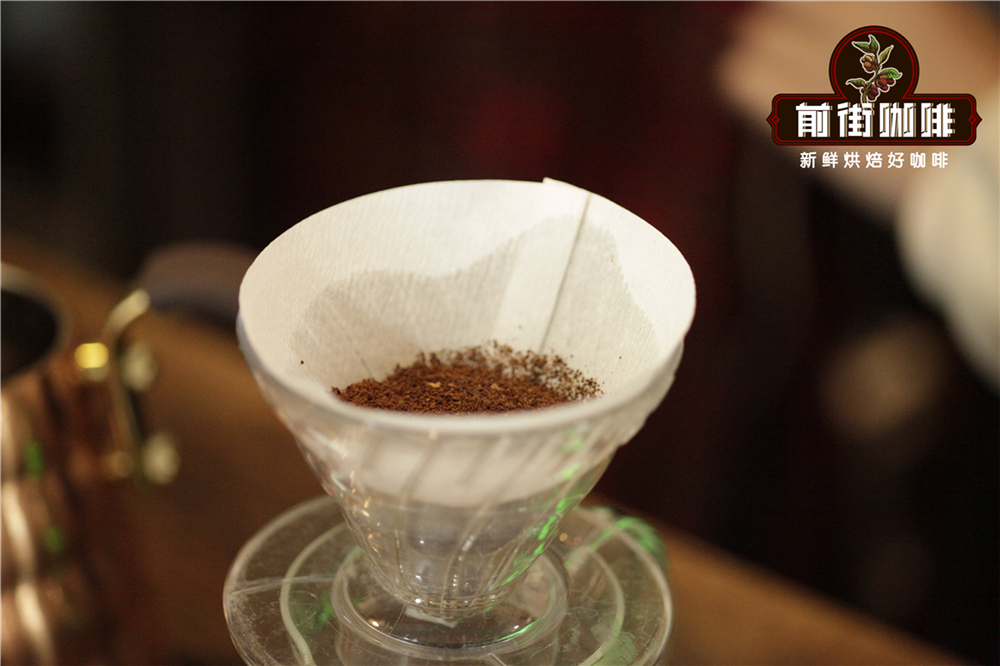
What makes us think that the deeper we roast, the more caffeine we get?
The answer is bitter, caffeine is one of the sources of bitterness, coupled with the popularity of Italian coffee, people generally use bitter espresso as a refreshing tool. Italian roasting is the deepest of all coffee roasting, so people associate caffeine with bitterness, and the more bitter the coffee, the more caffeine.
But now more and more studies have shown that the bitterness of coffee comes from chlorogenic acid, quinic acid and carbonization during roasting. And the bitter taste of caffeine is negligible in the face of this. In addition, the amount of caffeine depends on the variety of coffee and the altitude of the plant. It doesn't have much to do with the degree of baking.
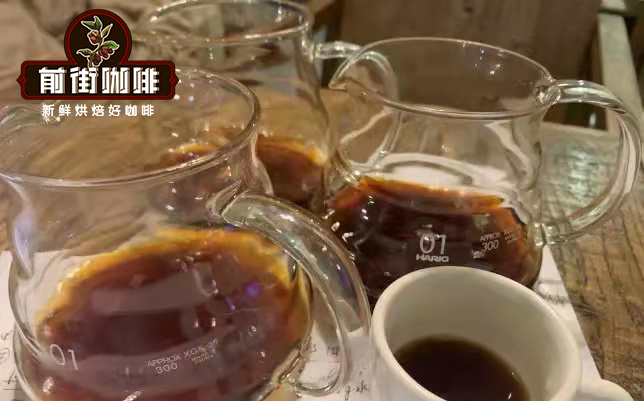
Which coffees contain more caffeine?
The two commercial varieties we are most familiar with are Arabica and Robusta. Among them, Arabica coffee beans have a low caffeine content of 0.8-1.4%. Robusta coffee beans have a high caffeine content of 1.7-4%. Therefore, Robota beans, which are commonly used in instant coffee, are very suitable for people who drink coffee to refresh themselves. Arabica coffee beans with lower caffeine will have a better flavor and are suitable for people who like to taste coffee flavor.
In the world of Arabica coffee beans, different subvarieties or grow at different elevations have different caffeine levels. For example, Mantenin coffee in Indonesia, which grows at a lower altitude, has a high caffeine content, while the caffeine content of natural decaf coffee is only 1 inch 2 of that of ordinary Arabica coffee beans.
Besides these, is there any decaffeinated coffee?
In fact, there is, that is, artificially processed decaffeinated coffee, although can not achieve 100% removal of caffeine, but can greatly remove caffeine. To achieve the real sense of decaf coffee.
Here is a low-caffeinated coffee bean from Qianjie Coffee.
Country of origin: Colombia
Producing area: Cymbidium
Altitude: 1750 m
Variety: iron pickup, Kaddura, Castillo
Treatment method: Swiss water treatment
Grade: Supremo
Production season: 2020
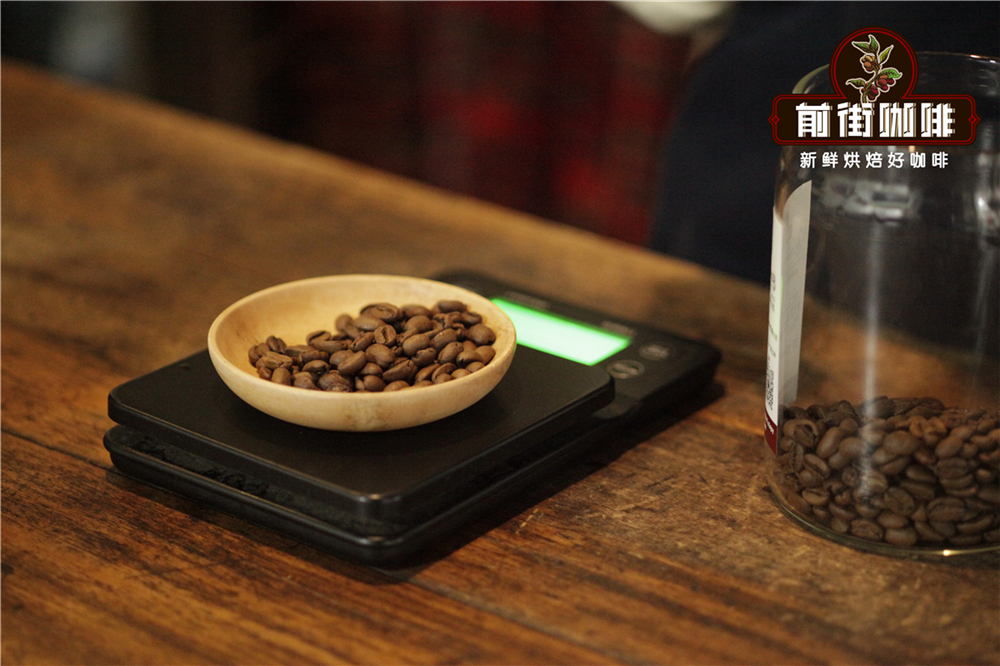
Colombian cymbidium producing area
Colombian coffee beans are well-known in the world, and the high-quality water-washed beans have always been the representative of high-quality coffee. Coffee beans exported from Colombia, after specific gravity inspection and manual picking of defective beans, are bagged after layers of strict inspection, so the quality of Colombian coffee can be guaranteed.
Colombia huila of Colombia belongs to the selected alpine coffee beans of the Colombian state company, which is known as the national treasure of Colombia. With its superior geographical and climatic conditions, Colombian coffee has always maintained high quality. Colombian coffee beans, which usually do not have a special market brand name, are from the National Coffee Farmers' Union of Colombia (national federation of colombia coffee growers) and have always been famous for their strict quality control and active promotion.
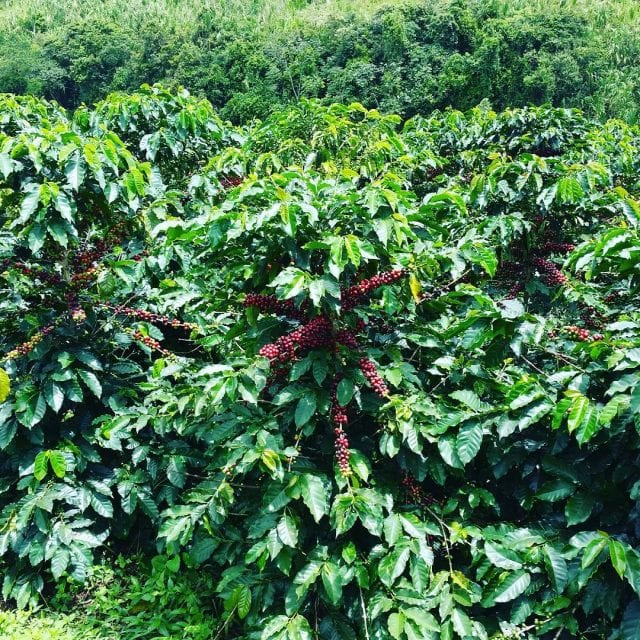
Colombian low-caffeine coffee bean varieties
This batch of decaf includes three varieties of iron pickup, Kaddura and Castillo. Iron pickup, one of the oldest Arabica species in the world, is loved for its delicious and sweet flavor, but it has been replaced by many high-yield coffee varieties in Colombia because of its low unit yield. Kaddura is a natural mutant of bourbon, its flavor is comparable to or slightly worse than bourbon beans, more importantly, super adaptability, no shade trees, direct exposure to the sun can also be full of vitality, commonly known as exposure coffee (Sun Coffee), can adapt to high-density planting.
Castillo, based on Colombian species, was crossbred with Kaddura until the tenth generation. Although it was not favored by practitioners in the industry at its debut, there has been no shortage of elegant and meticulous batches on the market in recent years.
Raw bean grade
This batch of raw coffee beans is Supremo. In the Colombian coffee bean system, Supremo is the highest grade, while the preferred Excelso is smaller and more common. Colombian coffee beans have a balanced flavor, rich taste, unique flavor and relatively full body, with a touch of vanilla and dark chocolate on the flavor when roasted moderately.
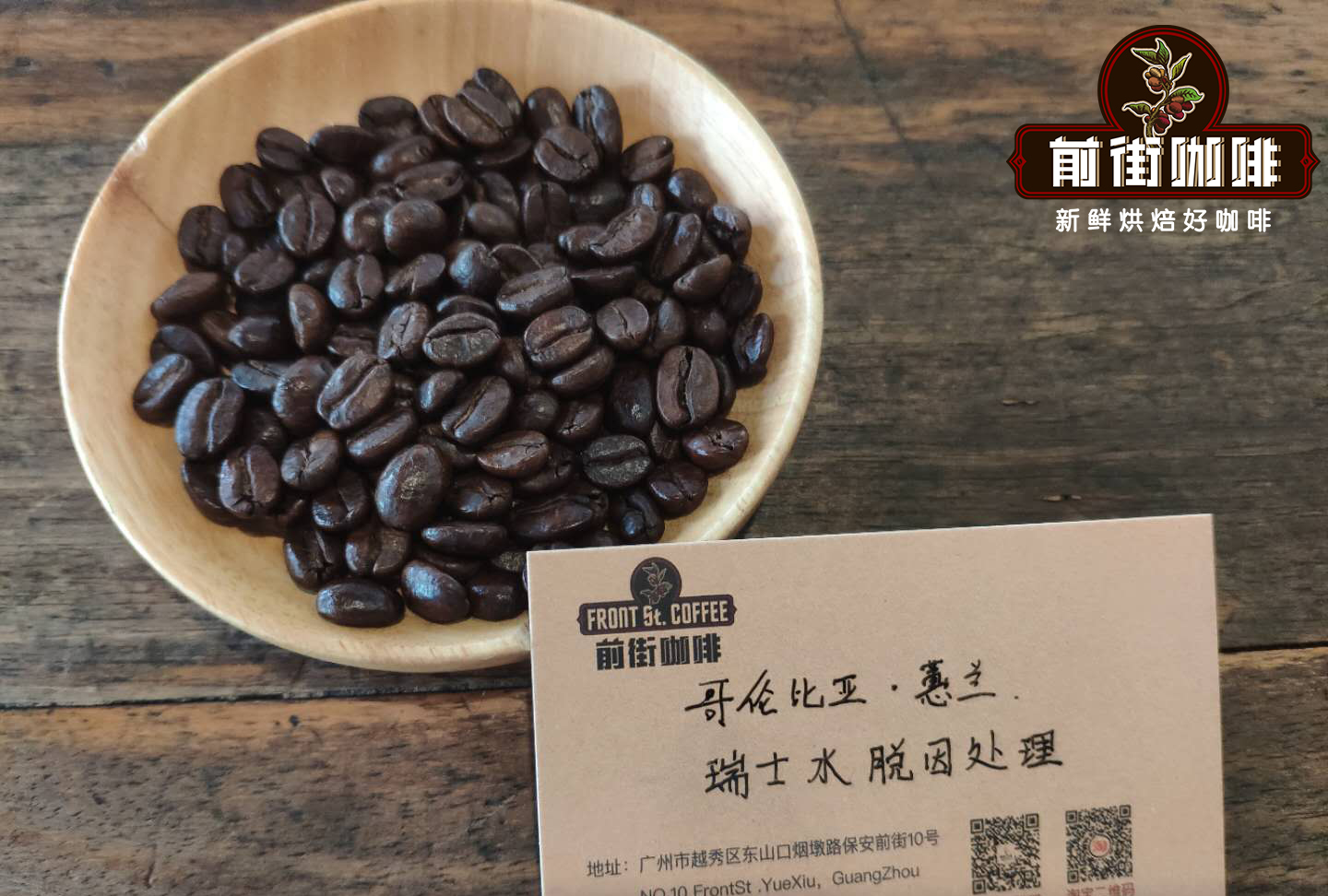
Swiss water treatment method
This is one of the most traditional methods of extracting caffeine, using this commercially developed and efficient treatment.
The step of the Swiss water treatment method: soak the raw coffee beans in hot water, which is called "flavor filled water" (Flavor-charged Water) in the Swiss water treatment method. This water contains all the flavor factors that are necessary in the raw coffee beans, but lacks caffeine. This special water is the most important medium in the next decaffeinated process. The coffee beans are filtered out after the flavor is filled with water, and the flavor-filled water will filter out the caffeine with an activated carbon filter, and the rest is hot water full of pure flavor factors, and then re-soak the filtered coffee beans with hot water full of pure flavor factors. let the coffee beans reabsorb the coffee flavor.
How to bake Colombian low-caffeine coffee beans on the front street
Qianjie bakers use medium firepower to climb steadily, turn yellow point at about 6 minutes and 15 seconds, then reduce firepower to open the throttle into Mena reaction, open the throttle when an explosion, maintain firepower, the temperature is about 183.2 ℃, 2 minutes and 30 seconds after an explosion.
The furnace temperature is preheated to 200 degrees Celsius, the throttle is opened at 3jing30s, the firepower is adjusted to 130, the temperature recovery point is 1: 32 ", keep the firepower, 6: 15" turns yellow, the smell of grass disappears, enters the dehydration stage, the firepower is raised to 140, the throttle is opened to 4, and when the throttle is opened to 151 degrees, the firepower is reduced to 110 again.
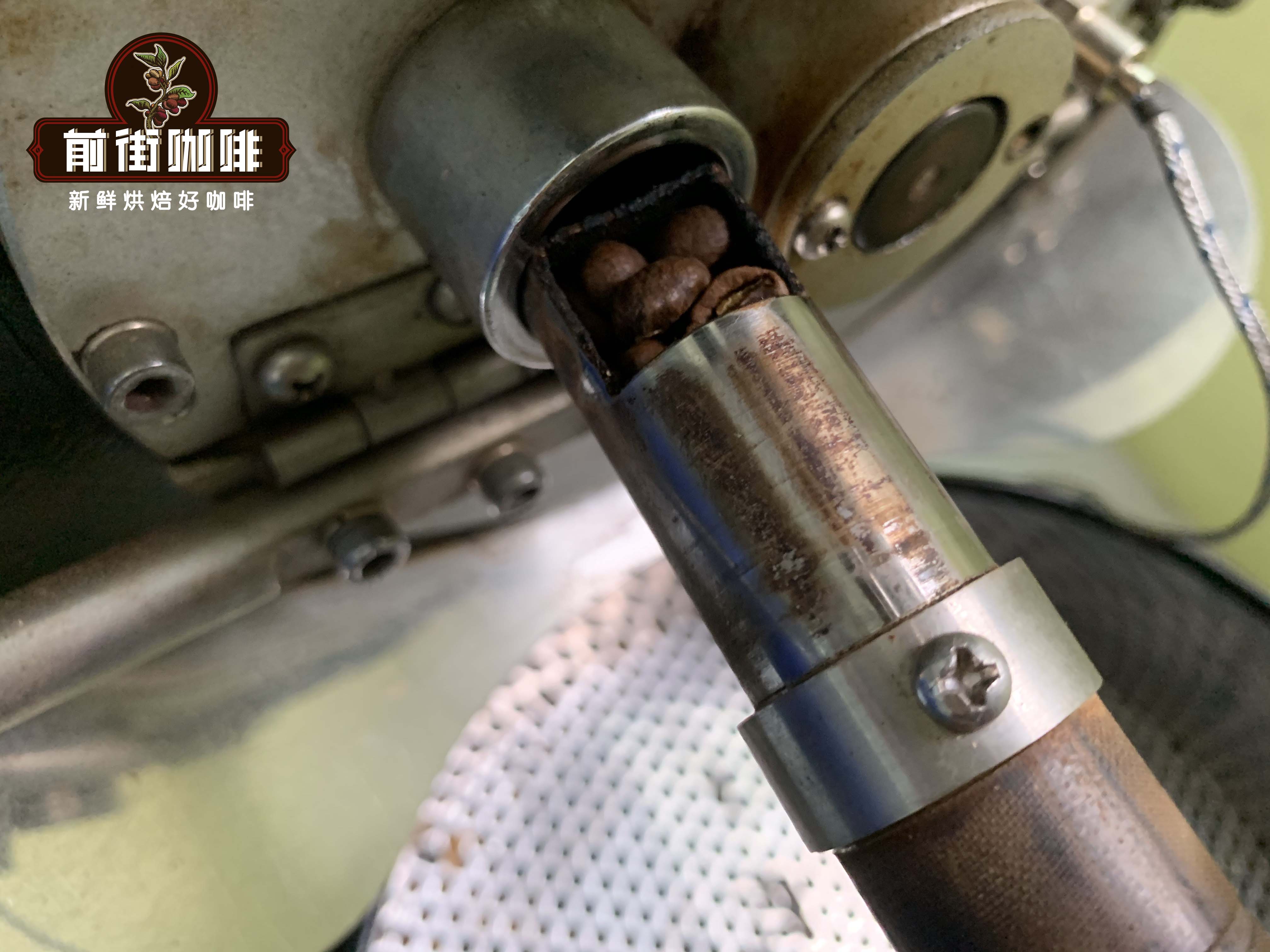
After 8 minutes of dehydration, there are wrinkles and black markings on the bean surface, and the smell of toast changes to coffee, which is a prelude to an explosion, when the firepower remains the same, the throttle opens to 5, and listen to the sound of an explosion. When it starts to explode at 9: 57 ", all the throttle doors are open." The development time after the first explosion was 2 minutes and 30 seconds to 194.2 ℃.
The suggestion of cooking in Qianjie
Filter cup: Kono filter cup
Water temperature: 90 ℃
Powder content: 15g
Powder / water ratio: 1:15
Degree of grinding: medium and coarse grinding (67% of Chinese standard No. 20 screen pass rate)
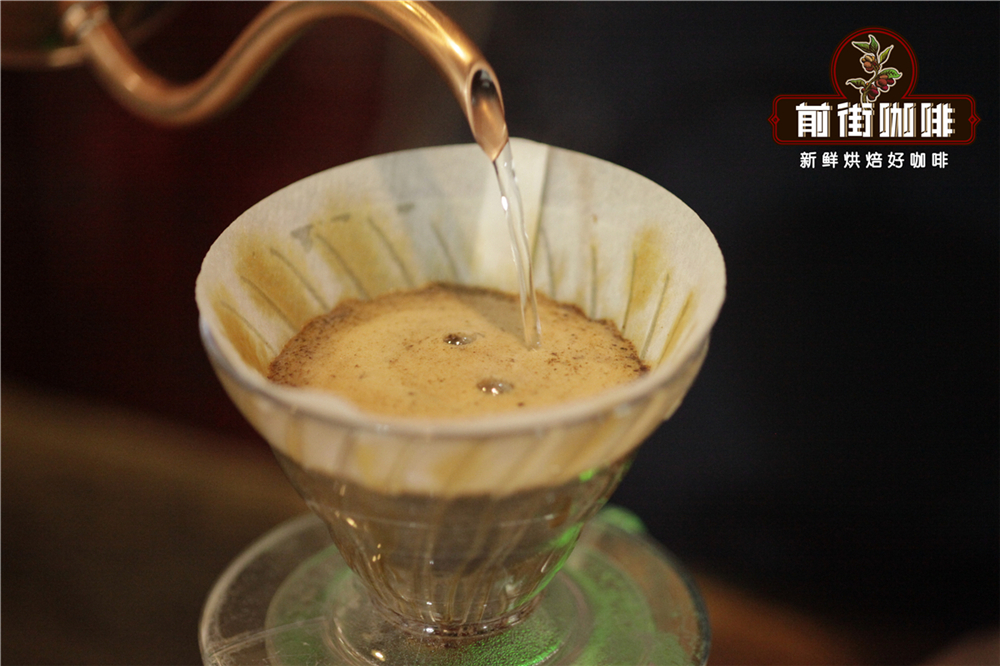
Cooking technique: three-stage extraction. Steam with 30 grams of water for 30 seconds, small flow circle injection to 125 grams, continue to inject water to 225 grams when the water level is about to expose the powder bed, remove the filter cup when the water level is about to expose the powder bed, and the cooking time is 3 minutes.
Cooking flavor: dark chocolate, caramel, nuts, mellow taste.
For more boutique coffee beans, please add private Qianjie coffee on Wechat. WeChat account: kaixinguoguo0925
Important Notice :
前街咖啡 FrontStreet Coffee has moved to new addredd:
FrontStreet Coffee Address: 315,Donghua East Road,GuangZhou
Tel:020 38364473
- Prev
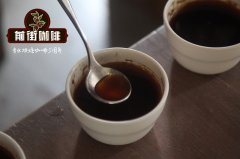
How to distinguish coffee aroma and aftertaste? What makes coffee taste?
You ask us: Why is coffee aroma and aftertaste so different? Even though the same chemicals may be involved? Here's what we found: Aftertaste in coffee refers to the taste and aroma that remains in the mouth after swallowing. Coffee aroma spreads for a long time compared to other beverages: espresso aftertaste lasts up to 15 minutes (RJ Clarke and OG Vitzthum, 2001)
- Next
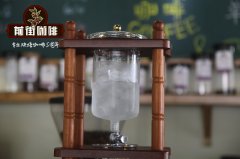
Why do many coffee shops use EK43 bean grinders? What are the advantages and disadvantages of EK43 bean grinder
EK was originally designed to grind drip coffee by hand, but its advantages (discussed later) outweigh the inherent disadvantages of unstable powder supply (for example, 20 grams of coffee beans with an error of 1-1.5 grams of powder). However, all this changed in the hands of Matt Perger, the champion of the 2013 World Barista Competition, when he used EK43 to prepare coffee on the main stage, although Perger was not the first.
Related
- Beginners will see the "Coffee pull flower" guide!
- What is the difference between ice blog purified milk and ordinary milk coffee?
- Why is the Philippines the largest producer of crops in Liberia?
- For coffee extraction, should the fine powder be retained?
- How does extracted espresso fill pressed powder? How much strength does it take to press the powder?
- How to make jasmine cold extract coffee? Is the jasmine + latte good?
- Will this little toy really make the coffee taste better? How does Lily Drip affect coffee extraction?
- Will the action of slapping the filter cup also affect coffee extraction?
- What's the difference between powder-to-water ratio and powder-to-liquid ratio?
- What is the Ethiopian local species? What does it have to do with Heirloom native species?

